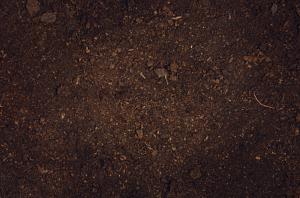Is Ice Plant a Good Ground Cover?
Ice plant, also known as Delosperma cooperi, is a low-growing succulent that belongs to the Aizoaceae family. It is well-known for its vibrant flowers and ability to thrive in hot and dry conditions, making it a popular choice as a ground cover. However, is ice plant truly a good ground cover? This article will explore the pros and cons of using ice plant in your landscape.
The Benefits of Using Ice Plant as a Ground Cover
One of the main benefits of using ice plant as a ground cover is its ability to tolerate drought and extreme heat. Ice plant is native to South Africa and is accustomed to arid and hot conditions. It can survive with very little water, making it an ideal choice for gardeners in dry regions. In addition, ice plant features a low maintenance requirement, which means you don't have to water it frequently or fertilize it to keep it healthy.
Another benefit of using ice plant is its colorful blooms. Ice plant produces pink or purple flowers that bloom in the spring and summer. These flowers add a pop of color to your landscape and make it more vibrant and attractive. Furthermore, ice plant's dense foliage creates a carpet-like appearance that covers the ground and prevents weed growth. This means that ice plant can help you to reduce the number of weeds in your garden, making it easier to maintain.
The Drawbacks of Using Ice Plant as a Ground Cover
While ice plant has many benefits as a ground cover, there are also some drawbacks to consider. One of the main drawbacks is that ice plant may become invasive in some areas. This means that it can spread quickly and overtake other plants, creating a monoculture that lacks biodiversity. As such, it is important to consider whether ice plant is a suitable choice for your region and whether it will harm the local ecosystem.
Another drawback of using ice plant is that it can be sensitive to cold temperatures. Ice plant is not frost-tolerant and may die if exposed to freezing temperatures. This means that it may not be a good choice for gardeners in colder regions. In addition, ice plant may not be ideal for areas with heavy foot traffic, as it can be easily damaged or crushed.
Conclusion
Overall, ice plant can be a good ground cover for certain regions and gardeners. Its ability to tolerate drought and heat, low maintenance requirement, and colorful blooms make it a popular choice. However, it is important to be aware of the potential drawbacks of ice plant, such as invasiveness and sensitivity to cold temperatures. As such, it is recommended that you consult with a local horticulturist or landscape professional to determine whether ice plant is a good fit for your garden and environment.

 how many times do yo...
how many times do yo... how many planted tre...
how many planted tre... how many pine trees ...
how many pine trees ... how many pecan trees...
how many pecan trees... how many plants comp...
how many plants comp... how many plants can ...
how many plants can ... how many plants and ...
how many plants and ... how many pepper plan...
how many pepper plan...





























